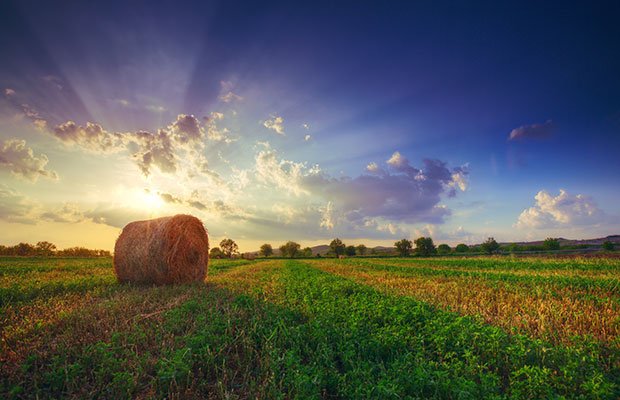Back to: AGRICULTURAL SCIENCE SS2
Welcome to Class !!
We are eager to have you join us !!
In today’s Agricultural Science class, We will continue learning about Pastures. We hope you enjoy the class!

FACTOR AFFECTING THE PRODUCTIVITY OF PASTURES
- Persistence: the ability to survive and spread by vegetative means.
- Aggressiveness: ability to compete favourably with other weeds.
- Resistance to trampling.
- Seed viability or profuseness or ease of propagation.
- Resistance to drought.
- Absence of pest and diseases.
- Good management.
- Adequate stocking.
ESTABLISHMENT OF PASTURES
Before pasture can be established, the following factors should be considered
- Adaptation of species
- Palatability
- compatibility
- time of maturity: should be short
- the lifestyle of the species
STEPS IN ESTABLISHING A PASTURE
- Site selection.
- Clearing of land.
- Removal of debris
- Cultivation of site (land preparation).
- Planting of pasture crop.
- Supplying
- Promotion of tillers (more point of growth).
- Weeding
- Fertilizer application.
- Irrigation
- Paddocking
MANAGEMENT PRACTICES IN PASTURE
- Burning (when forage becomes fibrous to ensure regrowth of lush forage).
- Fencing to discourage overgrazing or facilitate rotational grazing.
- Fertilizer application or manuring.
- Regular weed control.
- Adequate pest and disease control.
- Irrigation.
- Adequate stocking.
GENERAL EVALUATION
- List three pasture grass and their botanical names.
- List three pasture legumes and their botanical names.
- List three factors affecting the distribution of pastures.
- List five factors affecting the productivity of pastures.
- List five management practices in managing a pasture.
PROJECT
Produce a forage album containing no less than twelve mixtures of grasses and legumes.
SECTION A
- What is pasture?
- Briefly discuss three factors affecting the productivity of pastures.
- Explain what is meant by natural grassland.
- List five kinds of grass and legumes each with their botanical names.
We have come to the end of this class. We do hope you enjoyed the class?
Should you have any further question, feel free to ask in the comment section below and trust us to respond as soon as possible.
In our next class, we will be learning about Forest Management. We are very much eager to meet you there.

Nice I understood everything
I am now very interested in agriculture
Thanks to you classnotes.ng
Yes
Thanks to them.